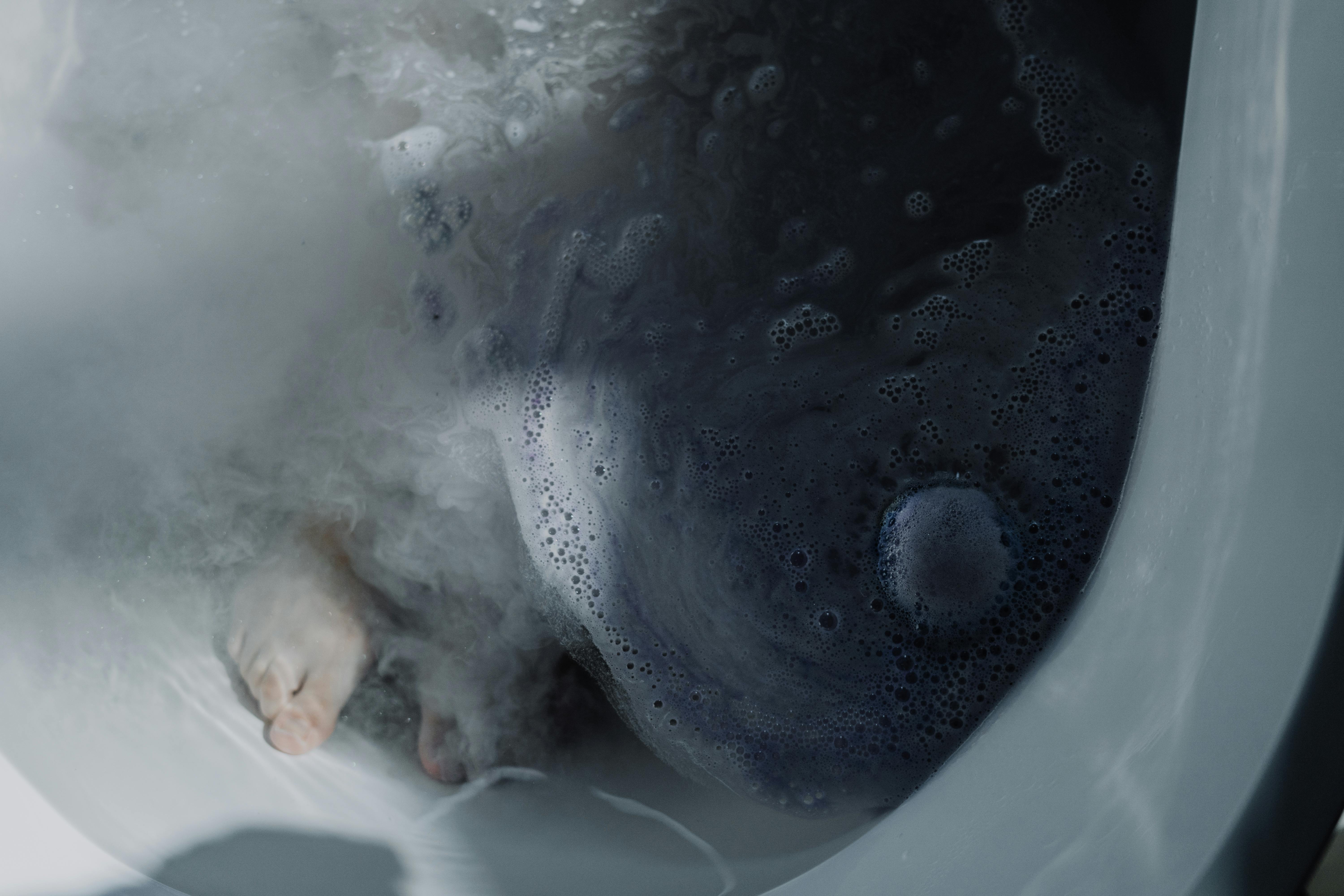
Effective Ways to Tile a Bathroom Floor in 2025
Tiling a bathroom floor is a rewarding yet challenging task that transforms the aesthetics and functionality of your space. With advancements in tiling products and techniques, understanding how to tile a bathroom floor properly is crucial for achieving a long-lasting and stunning result. This comprehensive guide will delve into essential bathroom floor tiling tips, various tiling techniques, and the steps involved in bathroom tile installation. We will also explore the latest trends in bathroom tiles for 2025, helping you make informed decisions throughout your tiling project.
In addition to aesthetic improvements, installing tiles can offer significant benefits such as enhanced waterproofing, easy maintenance, and greater durability compared to other flooring types. This article will lead you step-by-step through the preparation and installation of tiles, including choosing the right materials, cutting techniques, and finishing touches like grout and sealing. Let’s start this exciting journey towards a beautifully tiled bathroom!
Choosing the Right Bathroom Tiles
Choosing the right bathroom tiles is a foundational step in your tiling project. With numerous options available, it's essential to consider factors like durability, style, and functionality when selecting materials. Ceramic and porcelain tiles are popular choices, with each offering unique benefits. Porcelain tiles, for example, are denser and less porous than ceramic, making them ideal for moisture-prone areas. On the other hand, ceramic tiles can be more affordable and come in various colors and patterns.
When considering bathroom tile options, it’s also crucial to think about surface textures. For instance, textured tiles provide better traction, reducing slip hazards, while glossy tiles can enhance light reflection, making your bathroom appear larger. Additionally, eco-friendly bathroom tiles are becoming increasingly popular; these options often feature sustainable materials and low VOC emissions, contributing to healthier indoor air quality.
Tile patterns for bathrooms can significantly impact the overall design. From traditional square layouts to modern herringbone patterns, the arrangement of your tiles can shape the visual impact of the space. When deciding on layouts, it’s beneficial to visualize how different designs will fit into your overall bathroom decor.
Tile Sizes and Shapes Selection
Once you’ve settled on the type of tile, the next step is to select the appropriate sizes and shapes. The size of the tiles can affect the installation process and the appearance of your bathroom floor. Larger tiles tend to make small bathrooms feel more spacious; however, they can be challenging to cut around fixtures or corners. Smaller tiles offer more design flexibility but may require more grout lines, which could collect dirt over time.
Additionally, considering tile shapes plays a vital role in design aesthetics. Rectangular tiles can create a linear look, while mosaic tiles are perfect for creating intricate designs and visual interest. When choosing tile sizes and shapes, think about the proportions of your space and how they will work with your overall design scheme.
Measuring for Bathroom Tiles
Accurate measurement is crucial in bathroom tile installation. Start by measuring the length and width of your bathroom floor to calculate the total square footage. It’s wise to purchase extra tiles—around 10% over the total area—to accommodate cuts, mistakes, or future repairs. Use a tile calculator to streamline your ordering process and ensure that you’re purchasing the right amount of materials without unnecessary waste.
Planning Your Tile Layout
Before starting your project, it’s essential to plan your bathroom floor layout thoroughly. Begin by sketching a design that includes the placement of tiles around fixtures like the toilet, sink, and bathtub. Spend time visualizing how the tiles will fit together and adjust your plan based on your chosen tile sizes and shapes.
Consider using tile spacers during the installation. These tools help maintain consistent gaps between the tiles, which will ultimately enhance the finished appearance. Additionally, proper alignment is crucial for achieving a professional look; take your time and ensure everything is meticulously measured and laid out before applying adhesive.
Preparation Steps for Tiling a Bathroom Floor
Preparing your bathroom floor adequately is crucial in ensuring a successful tile installation. Start by removing any existing flooring, and inspect the subfloor for damages. Repair or replace sections of the subfloor if necessary, as a solid foundation is essential for lasting tile applications. If your floors are uneven, consider leveling bathroom floors before proceeding.
Cleaning and Repairing the Floor Surface
Once the old flooring is removed, thoroughly clean the subfloor to remove debris, dust, and contaminants that could affect the adhesion of the tiles. If you notice any cracks or imperfections, they should be fixed before tiling. Use a leveling compound to fill in dips and cracks, ensuring an even surface for tile installation.
Installing Tile Underlayment
Installing a tile underlayment is a vital step in creating a sturdy and moisture-resistant base for your tiles. This layer can improve insulation and smooth out imperfections in the subfloor. In bathrooms, it's crucial to choose a waterproof underlayment to protect against moisture damage over time.

Tools Needed for Tiling
Equipping yourself with the proper tools is essential for a smooth tiling process. Key tools for tiling include a tile cutter, trowel for mortar application, grout float, level, rubber mallet, and measuring tape. Additional tools such as tile spacers and a sponge for cleaning grout lines will be instrumental for achieving professional results.
Mixing Mortar for Bathroom Tiles
The next preparation step involves mixing the mortar. Proper tile adhesive application is crucial for ensuring a secure bond between the tiles and the substrate. Follow the manufacturer’s instructions carefully while mixing mortar, as the right consistency will facilitate effective tile installation. Additionally, ensure to select a mortar type suited for your specific bathroom tiles, especially if you are using large or heavy tiles.
Installing Bathroom Tiles: Step-by-Step Process
With all preparations in place, it’s time to lay your bathroom tiles. Follow these bathroom tile installation steps to ensure the best outcome for your project.
Laying Bathroom Tiles Efficiently
Start laying tiles from a reference point in the room, such as the center, to create symmetry. Apply the mixed mortar using a notched trowel, spreading it evenly across the surface. Press the tiles firmly into the mortar and use tile spacers to maintain gap consistency. Work in small sections to prevent the mortar from drying out before you lay the tiles.
Cutting Tiles for Bathrooms
When you reach the edges or need to fit tiles around fixtures, you’ll likely need to cut some tiles. Use a tile cutter for straight cuts or a wet saw for more complex shapes. When cutting, always wear safety goggles and measure accurately to minimize waste and ensure a proper fit.
Applying Grout
After all tiles are laid and the mortar has cured, it's time to apply grout. Choose a grout color that complements your tile choice and mix it according to the manufacturer’s guidelines. Use a grout float to fill the joints between the tiles, ensuring all spaces are even. Wipe off any excess grout with a damp sponge, being careful not to remove grout from the joints.
Sealing Bathroom Tiles
Once the grout has dried, it’s essential to seal your bathroom tiles to protect them from moisture and stains. There are various sealing options available, including topical sealers and penetrating sealers. Always follow product instructions for the best results. This not only preserves the beauty of your tiles but also facilitates easier maintenance in the long run.

Maintenance and Care for Tiled Floors
Regular maintenance of tiled floors is critical to maintaining their appearance and functionality over time. Understanding tile maintenance tips can significantly enhance the lifespan of your flooring. Start by sweeping or vacuuming regularly to remove debris, followed by mopping with pH-neutral cleaners suitable for your tile type.
Cleaning Tiled Floors Effectively
In addition to regular cleaning, performing deeper cleans periodically will help maintain your tile floors' shiny appearance. Avoid using harsh chemicals that could damage the finish of the tiles or grout. Instead, opt for gentle cleaning solutions specifically designed for tile surfaces.
Maintaining Grout Lines
Grout lines can be prone to discoloration and staining; therefore, it’s crucial to maintain them properly. Regularly inspect grout lines for any signs of mold or mildew and address them promptly. Use grout cleaners or a mixture of vinegar and baking soda for effective cleaning.
Addressing Tile Warranty Information
Finally, always keep track of your tile warranty information. Most tiles come with warranties that cover manufacturing defects and offer guidelines for proper care. Familiarizing yourself with your warranty details helps you understand how to maintain your tiles correctly and what to do in case of issues.
Conclusion: Transforming Your Bathroom with Tiles
Retiling or upgrading your bathroom floor with tiles not only enhances the aesthetic appeal but also increases the durability and functionality of the space. By following the effective tips and techniques covered in this article, you can enjoy the transformative effect of a beautifully tiled bathroom floor. Whether you're considering a DIY project or seeking professional tiling services, the knowledge you've gained here will guide you in your bathroom renovation journey.
Remember, a well-prepared and properly executed tile installation can lead to impressive results that stand the test of time. Happy tiling!